STRUCTURAL COMPLEXITY AND SUPERIMPOSITION UNRAVELLING A LATE PALEOZOIC INDENTATION OF JUNGGAR BLOCK INTO OROCLINES OF THE CENTRAL ASIAN OROGENIC BELT
As a crustal-scale orocline in the Central Asian Orogenic Belt (CAOB), the Kazakhstan Orocline
in particular its northern limb intervenes the Junggar Block and Chinese Altai. The West and East Junggar exhibit a structural pattern that is disharmonic from the major structure of the orocline. How and when such a structural complexity was formed remains poorly understood. To address this issue, we carried out detailed mapping, structural analysis and revision of geophysical data in the key areas of West and East Junggar. It is shown that different arc chains experienced independent geological histories before they accreted with one another. Such an accretionary process generated the regional D1 deformation in late Carboniferous. Subsequent D2 shortening event produced variable superimposed structures, including crescent-mushroom-like folding in the Boshchekul-Chingiz Arc and partitioned sinistral shearing of the West Karamay Unit. The synformal folding in the Zharma-Saur Arc and crustal-scale Erqis-Zaysan sinistral/dextral strike-slip shearing in late Permian—Triassic probably resulted from changing configuration of regional stress. Combined with previous data, we propose that the orogenic fabrics of arc chains and accretionary wedges were primarily related to shaping the basic structural framework of the Kazakhstan Orocline until late Carboniferous. The anticlockwise rotation of the northern limb of the orocline was associated with the indentation of the Junggar Block into the arc chains. Progressive indentation resulted in the first passive bending of arc chains followed by deformation partitioning into simple shear dominated transpression along the western margin of the Junggar Block, pure shear dominated transpression away from the indenter, and dextral shear along the eastern part of the Junggar Block. Indentation of the rigid blocks may represent an important geodynamic mechanism accompanying the accretion and collisional process forming finite strain pattern of the CAOB.
Additional information: Prof. Jason ZHANG, jian@hku.hk









